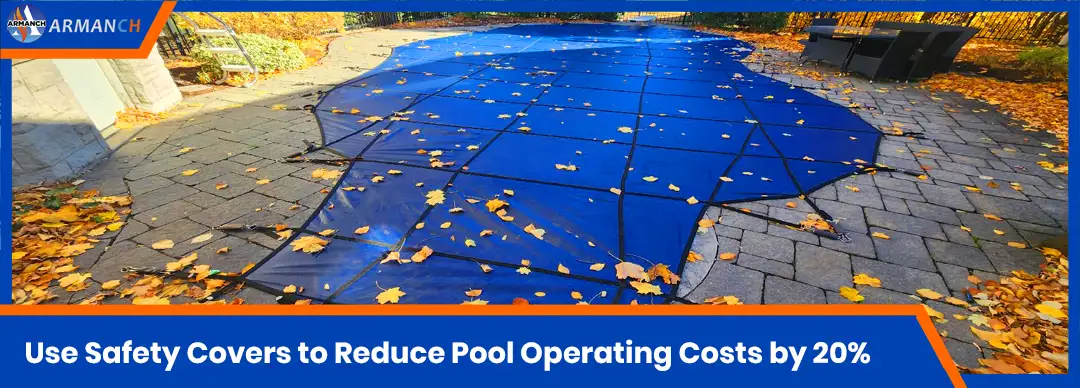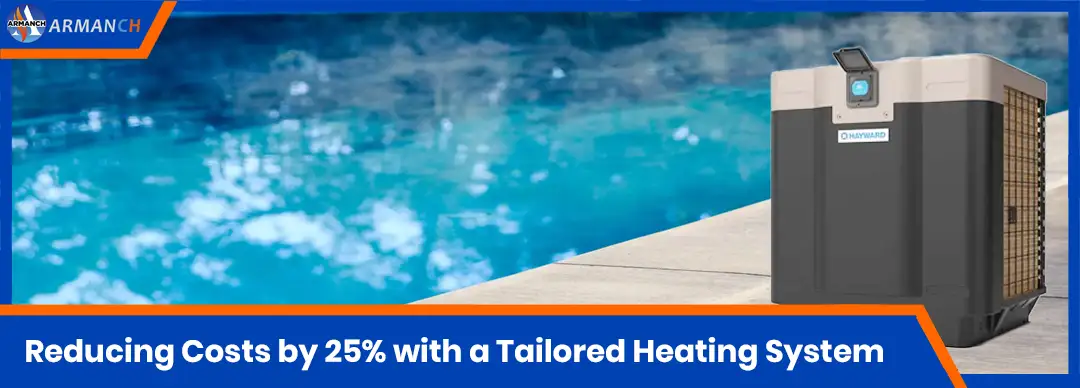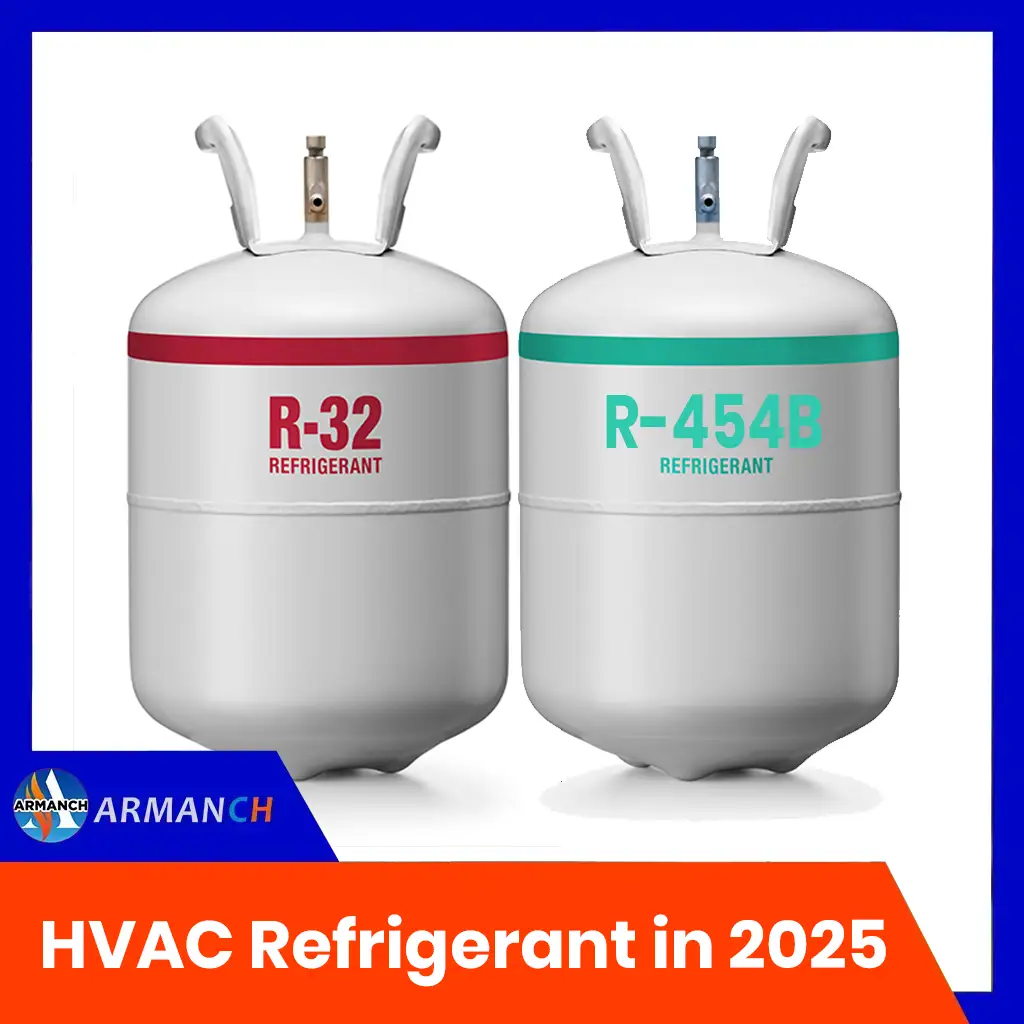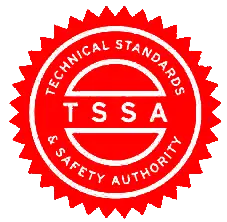How to Reduce Pool Maintenance Costs 80% in 2024?
Canada’s diverse climate poses unique challenges for pool owners. With cold winters and warm summers, maintaining a pool can become an expensive affair. The cold climate demands the use of heaters during extended periods, leading to increased energy consumption and higher utility bills.
The frequent freeze-thaw cycles can also cause damage to the pool structure and equipment, necessitating regular repairs and maintenance. Additionally, snow accumulation and ice formation can be problematic, requiring constant vigilance and care.
In this article, we aim to provide effective tips for reducing pool maintenance costs. We’ll also offer a guide on purchasing the right pool heater tailored to your pool type, helping you save on both maintenance and operational costs. Our goal is to help you enjoy a warm, well-maintained pool without breaking the bank.

The Biggest Factor Driving Up Pool Maintenance Costs
The Biggest Cause of Damage in Canadian Pools
Canada’s harsh and cold climate, particularly during the winter months, poses significant challenges for maintaining outdoor pools. The frigid temperatures lead to frequent freeze-thaw cycles, which can cause severe damage to pool structures, plumbing systems, and equipment. Water that freezes and then thaws expands and contracts, leading to cracks and breaks in the pool’s walls and floor, as well as potential bursts in the plumbing system. Additionally, the accumulation of snow and ice on the pool cover or directly in the pool can increase the risk of structural damage and elevate the overall maintenance burden.
Outdoor pools are especially vulnerable to these climate-induced issues compared to indoor pools. While indoor pools benefit from controlled environments and consistent temperatures, outdoor pools are directly exposed to the elements. This exposure not only accelerates wear and tear but also necessitates more frequent repairs and maintenance to ensure the pool remains operational and safe for use. As a result, outdoor pool owners in Canada face higher maintenance costs and more frequent repairs than those with indoor pools.
Solution:
Effective Solutions to Prevent Freeze-Thaw Damage in Pools
1. Use a Pool Cover: Investing in a high-quality, insulated pool cover can help protect your pool from snow and ice accumulation. Covers prevent debris from entering the pool and can reduce heat loss, keeping the water warmer for longer periods.
2. Winterize Your Pool: Properly winterizing your pool is crucial. This includes draining water from the pool plumbing and equipment to prevent freezing, adding antifreeze to pipes, and ensuring that the pool water chemistry is balanced to avoid corrosion and scaling.
3. Install a Pool Heater: Using a pool heater can keep the water temperature above freezing, which helps prevent damage from ice formation. Modern energy-efficient heaters are ideal for maintaining the pool during the colder months.
4. Use Air Pillows: Placing air pillows under the pool cover can help distribute the pressure from ice and snow, preventing damage to the pool walls and liner. This technique is particularly useful for above-ground pools.
5. Keep Water Circulating: Ensure that the pool water is regularly circulated during winter. This can be achieved by running the pump and filter for several hours each day, which helps prevent water from freezing in the plumbing.
6. Regular Inspection and Maintenance: Regularly inspect your pool and equipment throughout the winter months. Addressing small issues promptly can prevent them from becoming major problems.

Reduce Energy Costs for Canadian Pools by 30% with the Right Filtration Pump
Many Canadian households face high energy bills due to the use of inefficient pool pumps. These traditional pumps often operate at a single, constant speed, consuming large amounts of electricity regardless of actual need. By switching to a variable speed filtration pump, homeowners can significantly reduce their energy consumption.
These advanced pumps adjust their speed according to the pool’s requirements, ensuring that only the necessary amount of energy is used. This not only leads to a more efficient filtration process but also results in up to 80% savings on energy costs, helping households save hundreds of dollars annually. Investing in the right filtration pump is a smart, cost-effective solution for managing pool maintenance expenses.
Solution:
Upgrade Your Pool Pump to a Variable Speed Pump
Variable speed pumps are the latest technology in pool equipment, offering significant energy savings. Unlike traditional single-speed pumps, these advanced pumps can adjust their speed based on the specific needs of the pool. This feature allows them to operate at lower speeds during times of lower demand, which significantly reduces energy consumption and operational costs.
The benefits of variable speed pumps are numerous. In addition to reducing energy costs, they have a longer lifespan because they put less stress on pool equipment. They also operate more quietly, which contributes to a more pleasant pool environment. Furthermore, by fine-tuning water flow, these pumps improve water quality and clarity. According to research, switching to variable speed pumps can save you up to $442 per season in energy costs. Overall, using variable speed pumps can lead to substantial financial savings and a better pool experience.
Suggested Article:
Reduce Overall Pool Costs by 15% with Saltwater Systems
Many homeowners use chlorine to keep their pools clean and safe, but this method comes with several drawbacks. One major issue is the ongoing cost of purchasing chlorine and other necessary chemicals to maintain proper water balance. These expenses can add up significantly over time, making pool maintenance more costly. Additionally, chlorine can be harsh on swimmers’ skin and eyes, causing irritation and discomfort. It also requires careful handling and storage, as it is a hazardous chemical. In contrast, switching to a saltwater system can reduce these costs and provide a more comfortable swimming experience.
Solution:
Switch to a Saltwater System Instead of Chlorine!
Using saltwater systems for pools offers numerous advantages, including significant cost savings and improved water quality. One of the primary benefits is the reduction in chemical costs. In saltwater systems, natural chlorine is produced from salt, which minimizes the need for purchasing and storing additional chemicals. This can lead to a reduction of up to 20% in overall pool costs. Additionally, you can save around $340 annually by using a saltwater chlorination system instead of traditional chlorine.
Aside from economic savings, saltwater systems provide a gentler swimming experience. The natural chlorine produced is less harsh on the skin and eyes compared to traditional chlorine, making it more comfortable for swimmers. Additionally, maintaining a saltwater pool is generally easier and requires fewer chemical adjustments, resulting in less time and effort spent on pool maintenance.
For Canada, using saltwater systems can be particularly beneficial. Given the cold climate and the need for meticulous water quality management during the winter, saltwater systems can help reduce the reliance on chemicals and lower maintenance costs. This ensures a cleaner, more pleasant swimming experience during the warmer months, with improved water clarity and comfort.
Overall, adopting saltwater systems can be an economical and effective solution for Canadian pool owners.
Use Safety Covers to Reduce Pool Operating Costs by 20%
Pools without safety covers may face several issues and incur higher costs. Without these covers, pools are more exposed to debris and contaminants, leading to increased chemical usage to maintain water quality. Additionally, pools without safety covers experience higher water evaporation rates, resulting in increased water costs to refill the pool. They also lose more heat, which can significantly raise heating expenses. Safety covers are suitable for both outdoor and indoor pools, helping to reduce operational and maintenance costs substantially. Overall, investing in a safety cover can lead to significant savings and improved pool maintenance.

Solution:
Install a Safety Cover for Your Pool
Using a safety cover for your pool offers many benefits that can significantly reduce maintenance and operational costs. One of the primary advantages is the reduction in heating costs; safety covers can cut heating expenses by approximately 50% to 70% by preventing heat loss. Additionally, these covers help reduce water evaporation by 30% to 50%, leading to lower water replacement costs. They also minimize the amount of debris entering the pool, which means fewer chemicals are needed to maintain water quality.
Moreover, using a safety cover to protect your pool during the off-season can save you approximately $98. Overall, safety covers not only help in cutting costs but also enhance pool safety and ease of maintenance.
Reducing Costs Through DIY and Regular Pool Maintenance
Reducing costs through DIY and regular pool maintenance is essential for every pool owner. Performing routine maintenance tasks, such as cleaning, balancing water chemistry, and making minor repairs, can prevent larger, more costly issues from developing. By taking a proactive approach and handling maintenance personally, you not only save money on professional services but also ensure that your pool remains in optimal condition year-round. This regular upkeep extends the lifespan of your pool equipment and enhances the overall swimming experience, making it a smart and necessary practice for any pool owner.
Reducing Costs by 25% with a Heating System Tailored for Your Pool
Purchasing a Heating System Suitable for the Type and Size of Your Pool
If you plan to purchase a heating system for your pool, it’s essential to select one that matches your local climate conditions, the size of your pool, and whether it is indoor or outdoor. Choosing a heating system tailored to these factors can significantly reduce energy consumption and enhance efficiency. For instance, a system with the appropriate capacity for large, indoor pools in colder regions will perform more efficiently than an ill-suited system. By considering these elements, you can ensure your pool is heated effectively while minimizing operational costs.
In this section, we aim to introduce various types of pool heaters and provide a brief explanation of each, highlighting the environments they are best suited for.

Types of Pool Heaters
1. Gas Heaters: Ideal for colder climates, gas heaters heat up quickly but can be less energy-efficient and have higher maintenance costs. Therefore, if you own a large, outdoor pool, we recommend using this type of heater.
2. Electric Heaters: Great for temperate areas, electric heaters are easy to install and more sustainable, though they might take longer to heat your pool. Therefore, if you own a small, indoor pool at your home, we recommend using this type of heater.
3. Solar Heaters: The most eco-friendly option, solar heaters work best in sunny conditions but require significant sun exposure. Therefore, if you have a home with a small, outdoor pool, we recommend using this type of heater.
4. Heat Pumps: These versatile units can heat or cool your pool, making them perfect for mild climates. Therefore, this type of heating system will be more cost-effective for large, indoor pools.
When choosing a pool heater, consider its energy efficiency by looking for heaters with high BTU ratings and energy-efficient designs to reduce long-term costs. Additionally, factor in the installation costs, which include both the initial setup and any potential professional installation fees. Lastly, opt for heaters with lower maintenance requirements to save on future expenses.
Suggested Article:
You might be interested in knowing about pool heaters.
Final Summary
In this article, we focused on methods to reduce maintenance costs for home pools in Canada and provided strategies for eliminating unnecessary expenses. Additionally, we introduced the best pool heating systems available. We hope the information presented is useful to you. In the future, we will publish another article introducing the best pool heater brands on the market, which we highly recommend you don’t miss.










